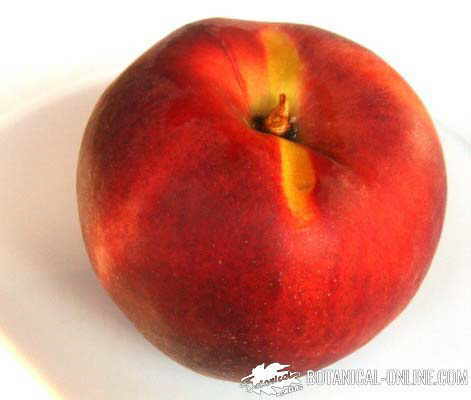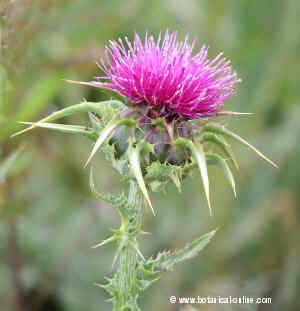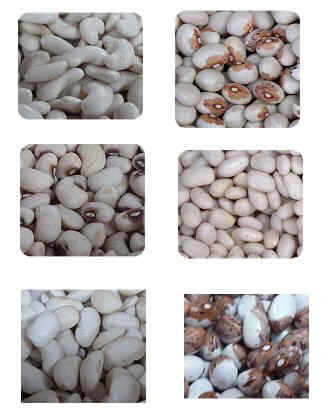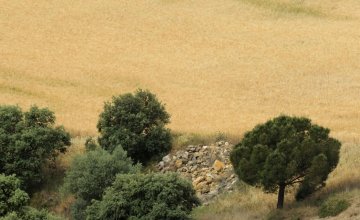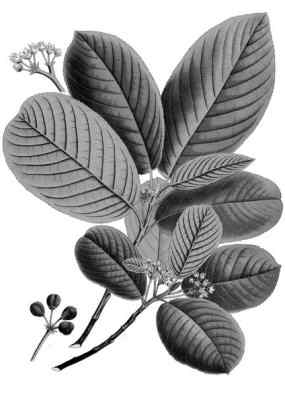Contents
- 1 How to fertilize succulents
- 1.1 What type of soil do succulents need?
- 1.2 Is peat suitable for growing succulents?
- 1.3 Type of soil for succulents
- 1.4 Soil mix for planting cacti or succulents
- 1.5 How to disinfect compost?
- 1.6 What compost do succulents need?
- 1.7 When should the soil be fertilized?
- 1.8 Liquid fertilizers for cacti and other succulents
How to fertilize succulents
What type of soil do succulents need?
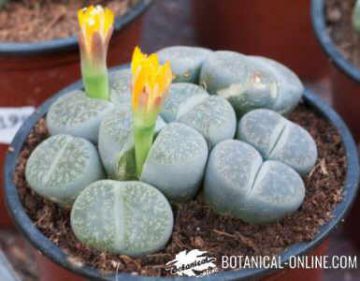
Succulent plants, also called as succulents, are those that have developed thick and fleshy stems or leaves, with tissues designed to be able to store large amounts of water. The fact that they have these characteristics responds to an adaptation to dry or arid climates. Therefore, these plants have specific growing conditions, among which are the most suitable types of soil.
The best soil for succulents is one that provides them with a light soil type with good drainage. There are numerous preparations for succulents on the market that guarantee optimal growth of these types of crops.
Is peat suitable for growing succulents?
The importance of a soil based on peat has been valued for a long time, however, for most succulents this type of soil tends to favor the appearance of fungi.
Therefore, in general, a sandy base containing 30-70% sand or small gravel is preferred for growing succulents. Some species of succulents prefer soils with a higher percentage of organic matter, such as Lithops, Echinocactus, Echeverias, etc.
Type of soil for succulents
Some prefer limestone soils and grow very well in the wild on dolomitic limestones, so they can be supplied with more sand or gravel. Better to add well-made and disinfected natural compost than peat. This type of fertilizer favors fewer pests, such as black flies and mealybugs.
Soil mix for planting cacti or succulents
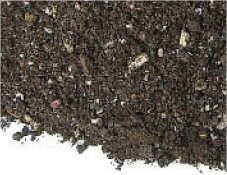
A very balanced soil for succulents in general could be the following:
- 4 parts of compost well screened and disinfected.
- 1 part of sand.
- 1 part gravel.
- Rain water.
In the case of species that prefer more calcareous soils (for example, peyote):
- 2 parts of compost well screened and disinfected.
- 2 parts of sand.
- 1 part gravel.
- Rain water.
How to disinfect compost?
Once the mixture is made, the compost and rainwater will have to be disinfected before using it on the succulents. To do this, once the mixture is prepared, place it in a metal container and heat it in the oven for a couple of hours at 110 ºC. This will eliminate possible parasites, or seeds of other plants.
What compost do succulents need?
Most of the fertilizer is included in the previous preparation of the soil, so that this preparation can provide them with nutrients for some time. Natural composting provides a fairly balanced amount of the nutrients N-P-K. However, to prevent its decrease, or to provide a greater amount as the plant consumes it, a liquid fertilizer can be made with the irrigation water. It would be convenient to add a little of it in each of the irrigations during the growing season.
*Related information: How to make compost?
When should the soil be fertilized?
An annual fertilizer in adapted plants at the beginning of the summer can be convenient. Fertilization should be avoided during the fall to prevent the vital activity of the plant that would lead to frost in winter, a time when both irrigation and fertilization should be avoided. Neither should recently transplanted plants be fertilized.
Liquid fertilizers for cacti and other succulents
On the market there are liquid fertilizers prepared for cacti or succulents that are ideal for most plants. These usually contain a very balanced amount of NPK (acronym for Nitrogen – Phosphorus – Potassium). A suitable combination for these plants and plants in general is 20-20-20.
However, in the case of cacti, a combination lower in nitrogen is usually applied (12.5 – 25 – 25), even a lower combination in nitrogen (8 – 34 -32) would be perfectly valid for most cacti and succulent plants.
In the case of succulents with leaves, a combination richer in nitrogen should be chosen to favor foliar growth in spring (25 – 15 -15).
![]() More information on plants
More information on plants

